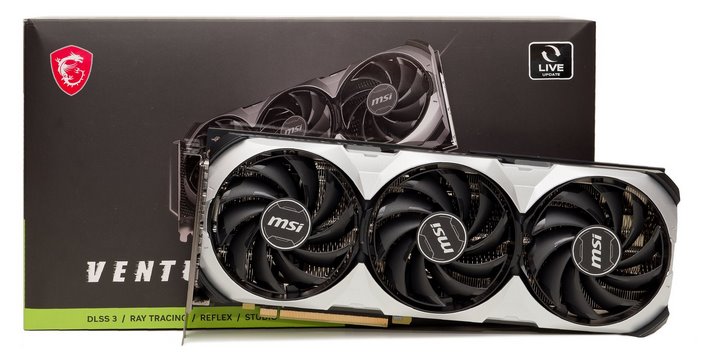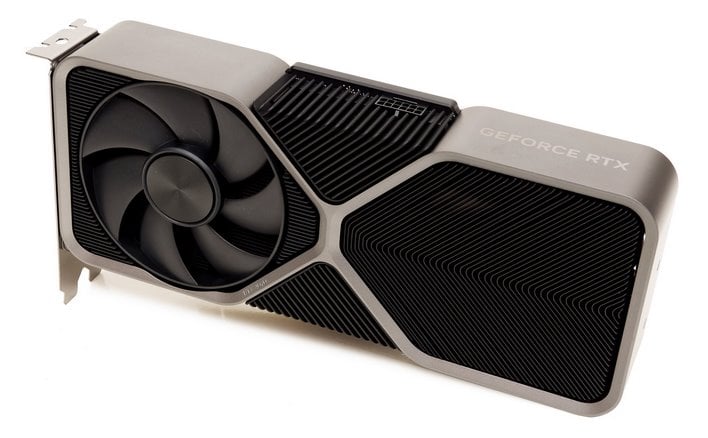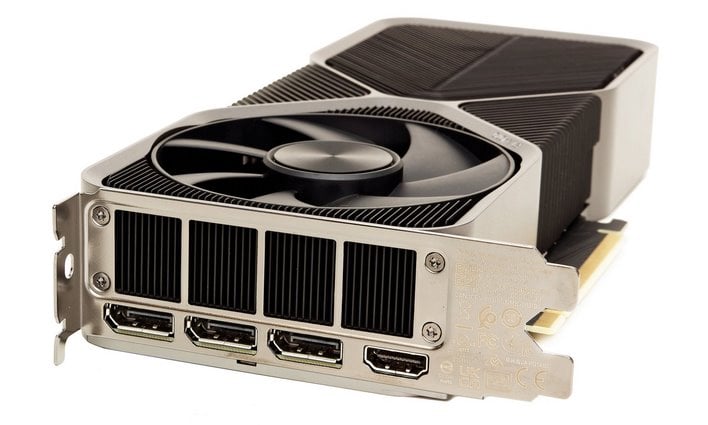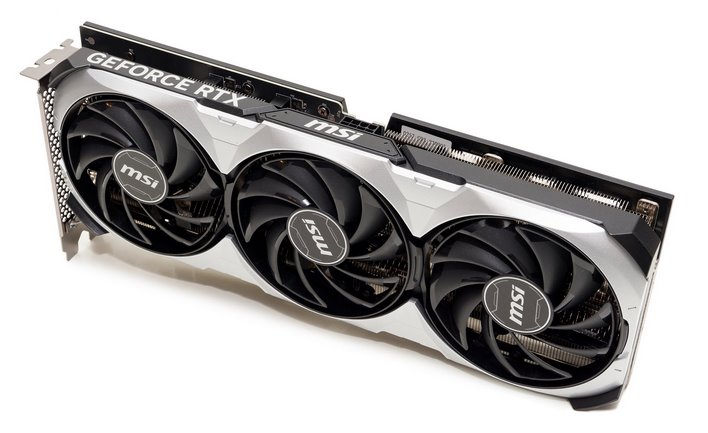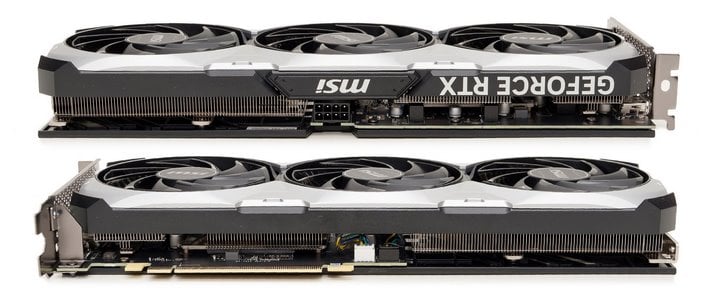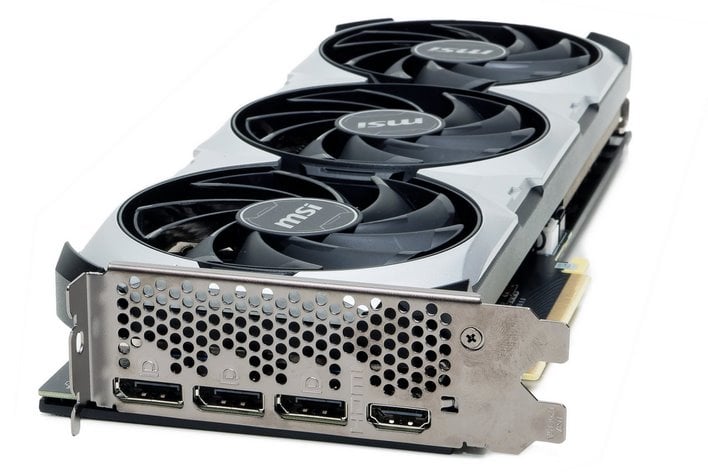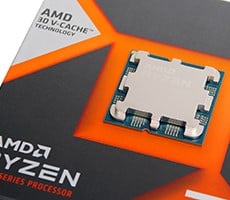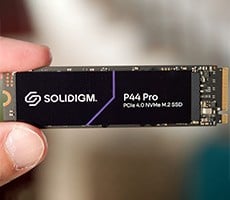GeForce RTX 4070 Scales NVIDIA's AD104 GPU To Even Lower Price Points For Gamers
| NVIDIA GeForce RTX 4070: Starting At $599 The new GeForce RTX 4070 leverages the same Ada Lovelace architecture as NVIDIA's higher-end cards, but with a scaled down GPU to target lower price points and more compact form factors.
|
|||

|

|
||
NVIDIA is expanding its family of Ada Lovelace-based GPUs today, with the new GeForce RTX 4070. As its name implies, the GeForce RTX 4070 slots into NVIDIA’s product stack just behind the GeForce RTX 4070 Ti. The two cards leverage the same slice of silicon – configured differently, of course – but target different market segments and price points, and NVIDIA is taking a somewhat different approach with this launch. Whereas the GeForce RTX 4070 Ti was brought to market solely by OEM board partners, there will be an NVIDIA GeForce RTX 4070 Founders Edition, in addition to custom designs from numerous brands.
In fact, we’ve got two GeForce RTX 4070 cards to show you here today, the aforementioned NVIDIA Founders Edition and an MSI GeForce RTX 4070 Ventus 3X. Let’s get some particulars out of the way to set the stage, and then we’ll take a close look at the cards and see how they perform. So, without further delay...
GeForce RTX 4070 Features & Specifications
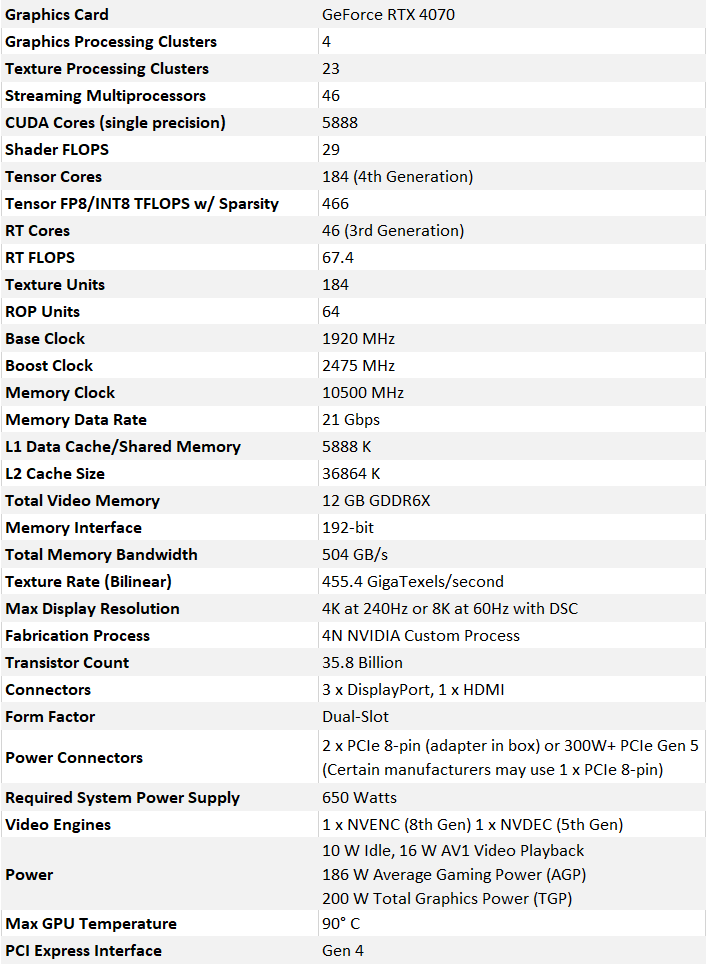
Although they leverage the same Ada Lovelace GPU architecture, all of the previously-launched cards in the GeForce RTX 40 series were built using different chips. The flagship RTX 4090 is built around the large AD102 GPU, the GeForce RTX 4080 uses the smaller (but still large) AD103, and the GeForce RTX 4070 Ti uses the smaller still AD104. With today's launch though, NVIDIA is scaling the AD104 down a bit further for the RTX 4070.
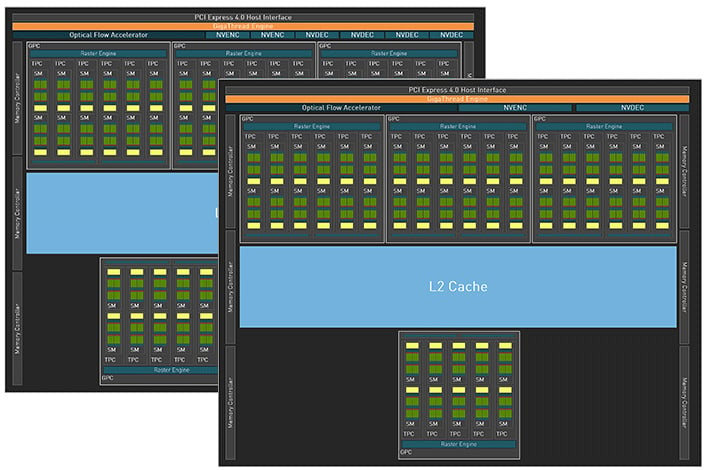
Full-Featured AD104 (Back), GeForce RTX 4070 (Front) - Note The Different NVENC / NCDEC Configs
In terms of feature support, the AD104 is identical to the larger AD102 and AD103. All of the GPUs offer the entirety of features inherent to the Ada Lovelace architecture, like DLSS 3 and other NVIDIA technologies like NVIDIA Reflex latency reduction, NVIDIA Broadcast, Ansel, G-SYNC, Omniverse, optional Studio drivers, and GeForce Experience, to name just a few. For a more detailed explanation of the GPU architecture, we suggest reading this article and checking out our launch coverage of the GeForce RTX 4090 while you’re here. There's lots of foundational information in those two pieces.
In comparison to its larger cousins, however, the AD104 as configured on the RTX 4070 is scaled down in a few key ways...

The AD102 on the RTX 4090 has 11 GPCs, 64 TPCs, 16,384 CUDA cores, 512 Tensor cores, and 128 RT cores, with a 384-bit memory interface. The smaller AD103 has 7 GPCs, 38 TPCs, 9,728 CUDA cores, 304 Tensor cores, and 76 RT cores, with a 256-bit memory interface. In its full configuration, the AD104 has 5 GPCs, 30 TPCs, 7,680 CUDA cores, 240 Tensor cores, and 60 RT cores, with a 192-bit memory interface -- it is effectively scaled down in every way that affects compute and rasterization performance and memory bandwidth. As such, the AD104’s transistor count is also much lower—35.8B vs 45.6B on the AD103, or 76.3B on the AD102.
We should also note, that both the AD102 on the RTX 4090 and the AD103 on the RTX 4080 are not full implementations of the chips; they’re both cut down somewhat in comparison to the full GPU designs, likely to give NVIDIA some wiggle room to introduce newer variants at some point in the future, and to maximize yield. Of course, the AD104 on the GeForce RTX 4070 is also scaled down from the full configuration of the chip in a few ways. Half of the AD104's NVENC / NVDEC blocks are disabled (visible at the top edge of the block diagram above) and the RTX 4070 is packing only 5,888 CUDA cores, 184 Tensor cores, and 46 RT cores. The typical boost clock should hover in the 2,475MHz range. the 12GB of GDDR6X memory on the card operates at an effective data rate of 21Gbps, which equates to just over 500GB/s of memory bandwidth over the RTX 4070's 192-bit memory interface.
Versus the previous-gen GA104-based GeForce RTX 3070 Ti, the AD104 powering the GeForce RTX 4070 also appears to be slightly scaled back in a couple of ways. The newer AD104, as configured on the RTX 4070, has fewer cores but operates and higher-clocks, and it has fewer ROPs and a narrower memory interface (192-bit vs. 256-bit). These apparent deficiencies will be mitigated, however, due to architectural enhancements in the more advanced Ada Lovelace architecture, its larger caches, and its higher-clocks.
Meet The GeForce RTX 4070 Founders Edition
The cooling setup on the GeForce RTX 4070 Founders Edition looks similar to previous cards with the dual-fan, pass-through design, but is shrunk down for a smaller form factor. The GeForce RTX 4070 is only about 9” long, 4” high (it’s no higher than the slot bracket), and requires only two slots.Like most of the previous-gen Founders Edition cards, the GeForce RTX 4070 features dual axial fans, and a split heatsink design. One end of the heatsink array sits directly atop a heat plate that is affixed to the GPU and memory, with fan on top. That fan directs air through the heatsink and immediately funnels it out of the chassis through vents in the case bracket. The portion of the heatsink on the back half of the card, however, which is linked to the front via heat-pipes, allows air from the second fan to pass all the way through the card, where it is meant to rise to the top of the chassis and be expelled from the system, assuming the chassis has adequate ventilation.
The pass-through style cooler works in conjunction with a dense, short PCB design. Like earlier GeForce RTX cards, the new 4070 also features a 12+6 pin 12VHPWR power connector, though most partner boards will continue to use the traditional PCIe connectors that are more common today. NVIDIA includes an adapter with the RTX 4070 that converts an 8-pin PCIe connector to the newer 12VHPWR ATX 3.0 design.
Like most of the other members of the GeForce RTX family, the RTX 4070 has triple full-sized DisplayPorts and a single HDMI output on its case bracket. That HDMI port is HDMI 2.1-compliant, which enables 4K120P with G-Sync on some of the latest OLED TVs and allows for 8K resolution over a single cable. The DisplayPorts are only DP1.4, however.
The MSI Ventus 3X GeForce RTX 4070
In terms of its features and specifications, the MSI Ventus 3X GeForce RTX 4070 is very similar to NVIDIA’s Founders Edition. Obviously both cards are powered by the same GPU, but they also have identical memory configurations and both cards should operate with similar, real-world GPU clocks, give or take a few MHz due to the different coolers and PCB designs.The MSI Ventus 3X GeForce RTX 4070 features a more traditional-looking triple-fan cooler setup, with all three fans mounted on the same side. And overall the card is significantly longer than the Founders Edition at about 12”. If you look closely at the pictures, however, you’ll note that the MSI Ventus 3X GeForce RTX 4070’s PCB is much shorter than the cooler. The PCB actually ends just past the mid-point of the middle cooling fan.
The main heatsink on the card features a copper baseplate, with nickel-plated aluminum heatsink fins. That heatsink is mounted directly to the GPU. And there are two other heatsink segments: a smaller one at the front of the PCB (closest to the case bracket) and a much larger segment off of the rear, all linked via multiple heat pipes. The first two cooling fans on the card blow directly onto the first two heatsinks, where some of the air will be exhausted from the chassis through the case bracket, but third fan pushes air completely through the heatsink, similar to NVIDIA’s FE card.
The back-side of the MSI Ventus 3X GeForce RTX 4070 is covered with a stylized plate, but it is not made of metal. The entire fan shroud and back plate are made of a plastic composite material, but the card is relatively lightweight and won’t need the same kind of structural support of more massive, heavier cards.
The MSI Ventus 3X GeForce RTX 4070 is only two slots wide and uses a standard 8-pin PCI Express power connector. Max board power for the both GeForce RTX 4070 cards we’ve shown you here is 200W, with a typical board power around 186W. With one PCIe 8-pin connector (150W) and 75W available from the slot, that’s a total of 225W available to the cards.
As for its output configuration, the MSI Ventus 3X GeForce RTX 4070 is identical to NVIDIA’s design, with three DisplayPorts and a single HDMI output.
And with that, it’s time to get to the benchmarks...

